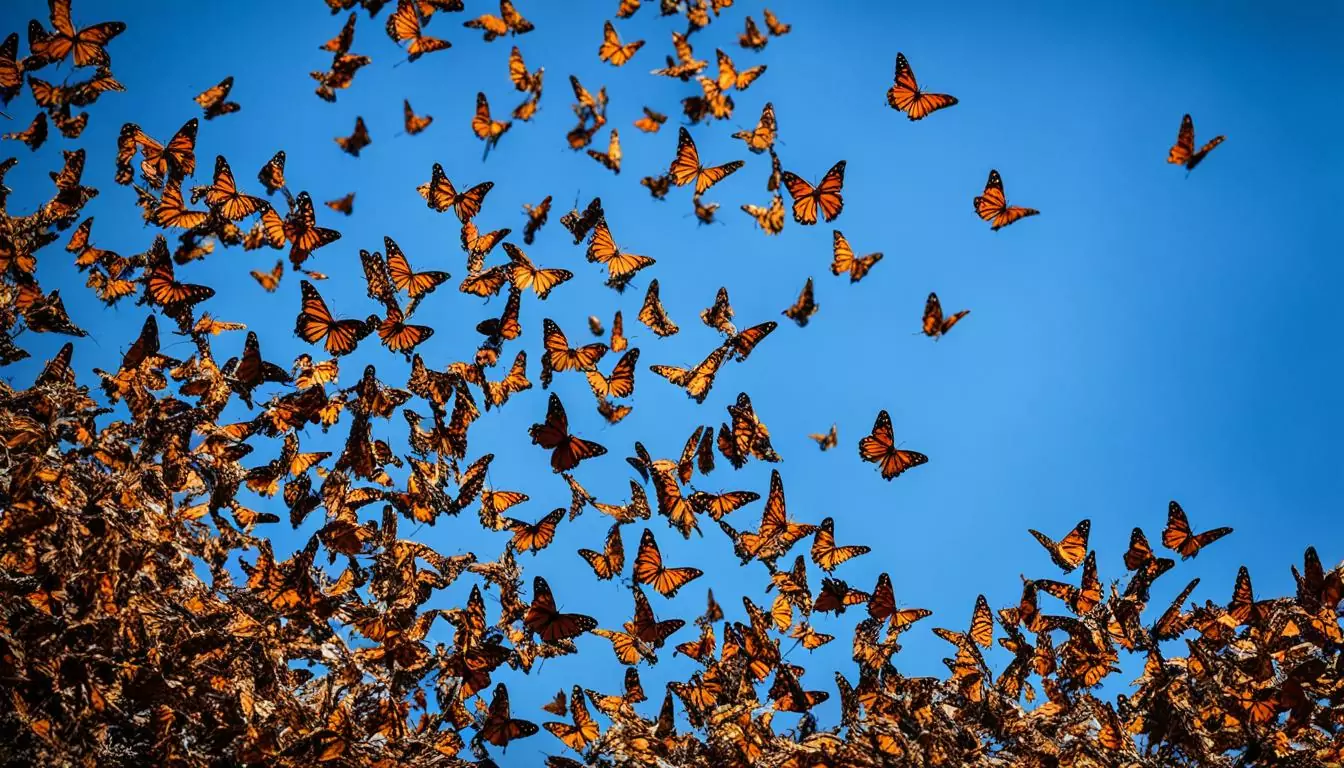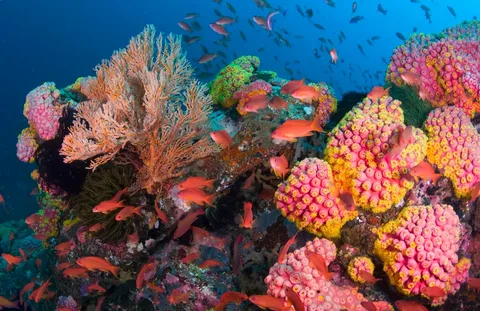Adverts
Carnivorous plants arouse fascination and curiosity for their unique ability to capture and digest prey. With an exotic appearance and a survival mechanism that defies the norms of the plant kingdom, these plants reveal surprising secrets of nature. In this article, we will explore how they are able to transform insects into essential nutrients, allowing them to thrive in environments where most plants would not survive. 🌿
Adverts
From sophisticated traps to barely perceptible movements, carnivorous plants employ a range of ingenious strategies to attract and capture their prey. We’ll see how some species use vibrant colors, attractive odors, and deceptive textures to lure in unsuspecting insects. We’ll also look at the many different types of traps, from the sticky leaves of sundews to the intricate urns of Nepenthes, each perfectly adapted to its habitat and nutritional needs.
Adverts
The digestion process of carnivorous plants is equally intriguing. We will discover how these plants manage to break down and assimilate the nutrients of their prey, using specialized enzymes and microorganisms that live in symbiosis with them. The transformation of a living prey into essential nutrients is a spectacle of biological efficiency that challenges our conventional understanding of plants.
By the end of this journey, you will be able to appreciate the complexity and beauty of carnivorous plants from a new perspective. They are not only relentless predators, but also extraordinary examples of adaptation and survival in hostile environments. Follow this fascinating exploration and discover how nature hides incredible secrets in every leaf and flower. 🦋
The Hidden World of Carnivorous Plants
In the heart of humid forests and misty swamps, creatures that seem to have come straight out of a dark fable live. Carnivorous plants, with their exotic beauty and ingenious hunting methods, are more than just vegetables – they are silent and deadly predators. Contrary to what many might imagine, these plants are not just botanical curiosities. They are masters in the art of survival, adapting to environments where life is a constant challenge. 🌿
These plants have developed amazing mechanisms to capture their prey, compensating for the nutrient poverty in their habitats. Instead of simply photosynthesizing, they attract, capture and digest small animals, such as insects and arachnids, which provide them with the nitrogen and other essential nutrients they cannot obtain from the soil. It is a fascinating and somewhat disturbing spectacle that reveals nature's deepest secrets.
The Hunting Mechanism: Deadly Traps
Carnivorous plants display a variety of ingenious traps, each uniquely adapted to capture their prey. Among the best known are snap traps, exemplified by the Venus flytrap (Dionaea muscipula). With their lobes that snap shut in a flash at the slightest touch from an unsuspecting insect, these plants are the epitome of predatory efficiency. The speed and precision of their action are such that, once trapped, the victim is unlikely to escape.
Another intriguing method is the pitfall trap, used by plants such as Sarraceniaceae and Nepenthes. These plants have pitcher-shaped leaves filled with a digestive fluid. Prey are attracted by the sweet nectar, but once inside, they slip and fall, meeting an inescapable fate. The mixture of enzymes and bacteria at the bottom of the pitcher ensures that the victim is slowly digested, turning into a vital supply of nutrients for the plant.
The Sticky Trap Show
One of the most intriguing and chilling strategies is that of sticky traps. Plants such as the sundew plant, or sundew, display long tentacles covered in a sticky substance that glistens like dew in the light. These tentacles are irresistible to small insects, who find themselves trapped without any possibility of escape. As the victim struggles, the tentacles coil even tighter, ensuring that the prey cannot escape.
This mechanism not only immobilizes the prey, but also begins the digestion process. Enzymes are released to break down the insect, and the plant slowly absorbs the nutrients. This silent spectacle of capture and digestion reveals a dark side of nature, where survival depends on a deadly dance between predator and prey.
Suction Traps: The Strange Beauty of Utricularia
Among carnivorous plants, those of the genus Utricularia stand out for their unique method of capture. Known as utricles, these aquatic or semi-aquatic plants have small sacs or vesicles that create an internal vacuum. When a small aquatic organism touches the sensitive hairs surrounding the vesicle entrance, the trap opens in a fraction of a second, sucking the prey inside.
The speed with which these traps operate is astonishing, making them one of the most effective strategies in the plant kingdom. Inside the gallbladder, the digestion process begins immediately, with enzymes breaking down the prey so that the plant can absorb the nutrients. It is a testament to nature’s ingenuity, where every detail is carefully calibrated to ensure survival.
The Swamp Dwellers: Masters of Adaptation
Carnivorous plants primarily inhabit areas where the soil is poor in nutrients, such as acidic swamps and humid forests. In these challenging environments, they have evolved to become predators, a remarkable adaptation that allows them to survive and thrive where other plants cannot. This adaptability is a testament to nature’s resilience and creativity.
The presence of these plants in these extreme environments is proof that life finds ways to adapt and evolve, even in the most adverse conditions. They not only survive, but dominate these ecosystems, playing a crucial role in maintaining natural balance. 🌱
The Silent Call: Attractiveness and Deception
Carnivorous plants rely not only on physical traps, but also on lure strategies to capture their prey. Many of them produce nectar or emit odors that attract insects. The vibrant colors and intricate patterns of their leaves are designed to seduce and deceive, creating an irresistible illusion for their victims.
Furthermore, some plants, such as Nepenthes, have developed sophisticated mechanisms that mimic the smell of decaying food to attract prey. This level of deception is reminiscent of the most complex mind games, where the predator uses every trick in the book to capture its prey. It is a dark dance, where beauty and terror coexist in perfect harmony.
List of Fascinating Carnivorous Plants
- Dionaea muscipula – Known as the Venus flytrap, it is famous for its rapidly closing pressure traps.
- Nepenthes – These pitcher plants have modified leaves that form vessels filled with digestive fluid.
- Sundew – Also called a sundew, it uses sticky tentacles to capture prey.
- Sarracenia – Known as the North American pitcher plant, it has tubular leaves that act as pitfall traps.
- Utricularia – Aquatic plant that uses suction traps to capture small aquatic organisms.
Each of these species reveals the intricate balance between form and function, where survival depends on a combination of beauty and brutality.
Human Fascination with Carnivorous Plants
The relationship between humans and carnivorous plants is long and complex, marked by both fascination and fear. Since their discovery, these plants have been the object of scientific curiosity and the inspiration for legends and stories. In many cases, they are seen as anomalies, strange creatures that challenge the traditional understanding of the plant kingdom.
Collectors and botanists around the world cultivate these plants, amazed by their uniqueness and the stories they seem to tell. They remind us that nature still holds many secrets, ready to be unraveled by those who dare to explore its depths. 🌿
The Duality of Nature: Beauty and Danger
Carnivorous plants are a fascinating example of the duality of nature, where beauty and danger coexist in a delicate dance. They show us that behind a serene and harmless appearance there can be a world of dark and threatening mysteries. These plants invite us to question our perceptions and explore the depths of the unknown, where life finds ways to thrive even in the most inhospitable places.
As we continue to unravel the secrets of these plants, we are constantly reminded of the complexity and wonder of the natural world. They are a reminder that nature is a powerful force, full of surprises and unexpected twists and turns, where every organism has a unique story to tell.
Conclusion
Carnivorous plants, with their ingenious methods of capture and digestion, fascinate nature enthusiasts and scientists alike. Throughout this article, we explore how these plants use their unique traps to capture prey, usually insects, and how they extract essential nutrients from these sources. One of the most remarkable aspects of carnivorous plants is the diversity of their capture strategies. For example, Dionaea muscipula, popularly known as the Venus flytrap, uses jaw-shaped traps to ensnare its prey. Other species, such as Nepenthes, have pitcher-shaped traps that attract and retain their targets with sticky liquids and smooth walls. 🌿
Furthermore, carnivorous plants play a vital role in ecosystems, helping to control insect populations and contributing to biodiversity. On the other hand, their study offers valuable insights into adaptation and evolution. Therefore, understanding these surprising mechanisms not only enriches our knowledge of botany, but also reminds us of the complexity and wonder of the natural world. In short, carnivorous plants reveal the secret of nature in a fascinating and dazzling way, highlighting the adaptability of species to survive in inhospitable environments. 🌱✨




